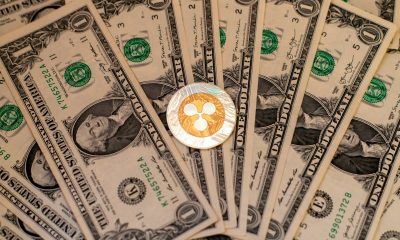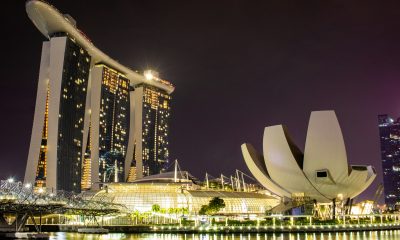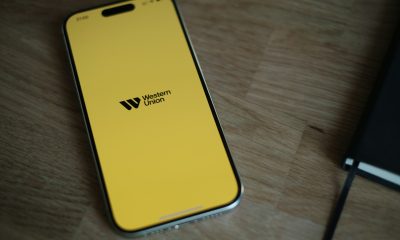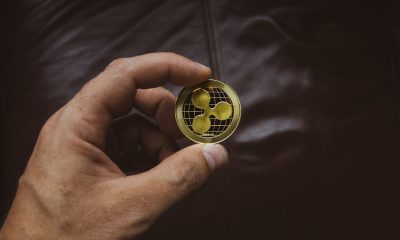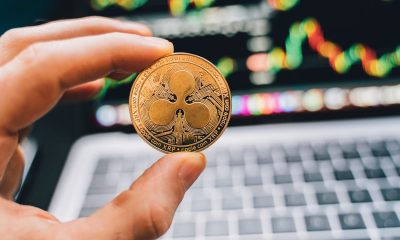Crypto
Ripple to massively expand the payment corridors for ODL and XRP in 2020
In February, the company revealed that it is working to add new corridors in Europe, the Middle East, Africa, Asia Pacific and Latin America. In the last article written and published on Ripple website, Asheesh Birla said that Ripple is now looking to open new payment corridors this year and to bring new customers on board. The company will focus on lower-volume payments rather than higher-volume.
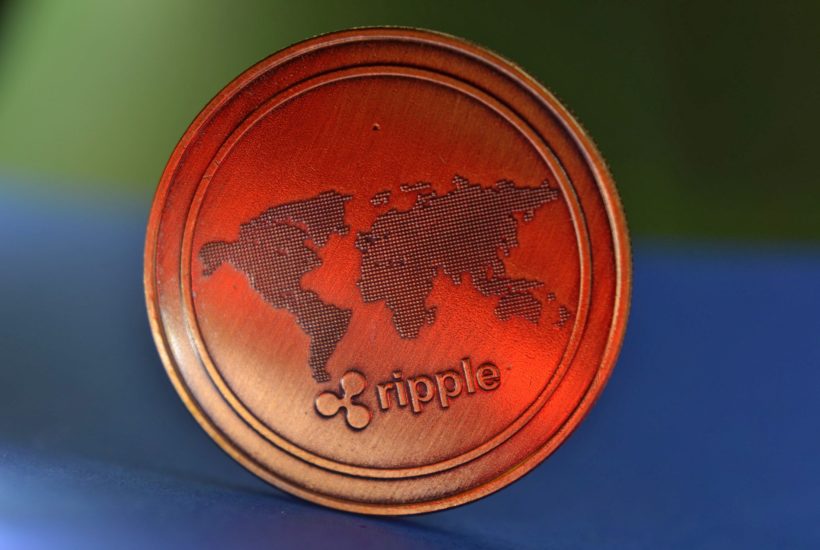
Ripple focuses on the traditional banking and finance sectors. The software solutions from Ripple are intended to minimize transaction fees, increase transaction speed, and simplify the entire payment processing process. Ripple’s software solutions are based on three main products: xCurrent, xRapid, and xVia. In the meantime, however, the products have been renamed: xVia to RippleNet and xRapid to On-Demand Liquidity (ODL).
Ripple’s flagship product is most likely its On-Demand Liquidity (ODL), which is designed to make it faster and cheaper to send money across national borders, especially in the remiss market. But in order to be successful, the ODL needs, in addition to the cryptocurrency XRP, of course, the corresponding payment corridors. No wonder that Ripple is constantly striving to establish new partnerships and thus promote adoption.
The most successful partnership is with the Mexican crypto stock exchange Bitso, which, according to a Ripple Executive, already transfers up to 10% of the remiss payments between the USA and Mexico. According to an employee, Ripple is on the verge of entering into new profitable partnerships and establishing new payment corridors in 2020.
If you want to find out more details about Ripple’s On-Demand Liquidity and how the company plans to expand the transfer corridors, download for free our companion app. The Born2Invest mobile app brings you the latest business news in the world.
ODL corridors will also be open in Europe
The Senior Vice President of Product Management and Corporate Development, Asheesh Birla wrote in an article published on Monday, June 8th, on Ripple’s website, that his company will be adding new partnerships to important payment corridors to ODL this year:
“Ripple is well on track to open new ODL corridors this year and we are bringing new customers on board. We are working with existing customers to increase ODL volumes in key corridors such as USD-MXN, USD-PHP, AUD-USD and PHP and EUR-USD.”
In addition to the new payment corridors, he wrote that the company is looking to increase transaction volumes in the existing corridors between the U.S. and Mexico, the Philippines, Australia, and Europe.
Asheesh Birla leaves readers in the dark as to which specific payment corridors Ripple plans to reopen this year. However, in February, the company revealed that it is working to add new corridors in Europe, the Middle East, Africa, Asia Pacific, and Latin America.
The company will focus on smaller payments
While Ripple is partnering with companies, it is naturally people who benefit from the advantages of ODL. According to Asheesh Birla, the company also wants to maintain or even strengthen this, by focusing on lower-volume payments rather than higher-volume, lower-frequency payments like those made by companies:
“We continue to focus on supporting low-value and high-frequency payments with ODL […]. In particular, we are reducing the focus on large treasury payments, traditionally used to finance businesses and services without real-time transfers, to support low value individual transactions and to meet the growing demand for remittances and SME payments. This may reduce the overall volume of ODL transactions.”
As Birla wrote, this may have an impact on the corridor transaction volumes often used by Ripple fans, which could be reduced with the focus on low value and high frequency payments.
__
(Featured image by vjkombajn via Pixabay)
DISCLAIMER: This article was written by a third party contributor and does not reflect the opinion of Born2Invest, its management, staff or its associates. Please review our disclaimer for more information.
This article may include forward-looking statements. These forward-looking statements generally are identified by the words “believe,” “project,” “estimate,” “become,” “plan,” “will,” and similar expressions. These forward-looking statements involve known and unknown risks as well as uncertainties, including those discussed in the following cautionary statements and elsewhere in this article and on this site. Although the Company may believe that its expectations are based on reasonable assumptions, the actual results that the Company may achieve may differ materially from any forward-looking statements, which reflect the opinions of the management of the Company only as of the date hereof. Additionally, please make sure to read these important disclosures.
First published in CRYPTO MONDAY, a third-party contributor translated and adapted the article from the original. In case of discrepancy, the original will prevail.
Although we made reasonable efforts to provide accurate translations, some parts may be incorrect. Born2Invest assumes no responsibility for errors, omissions or ambiguities in the translations provided on this website. Any person or entity relying on translated content does so at their own risk. Born2Invest is not responsible for losses caused by such reliance on the accuracy or reliability of translated information. If you wish to report an error or inaccuracy in the translation, we encourage you to contact us.

-

 Fintech7 days ago
Fintech7 days agoPakistan’s Digital Finance Paradox: Growth, Fraud, and the Fight for Trust
-

 Impact Investing18 hours ago
Impact Investing18 hours agoBattery Energy Storage Systems: Shaping the Future of Clean Energy
-

 Cannabis2 weeks ago
Cannabis2 weeks agoMedical Cannabis in Poland 2025: Growth, Stability, and Wider Access
-

 Impact Investing5 days ago
Impact Investing5 days agoBeyond the ESG Label: Integrating Sustainability for Long-Term Value


